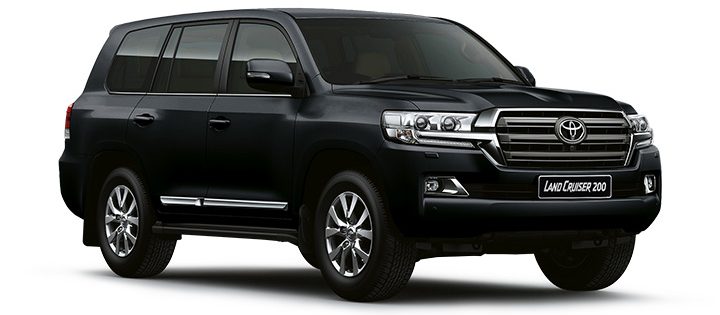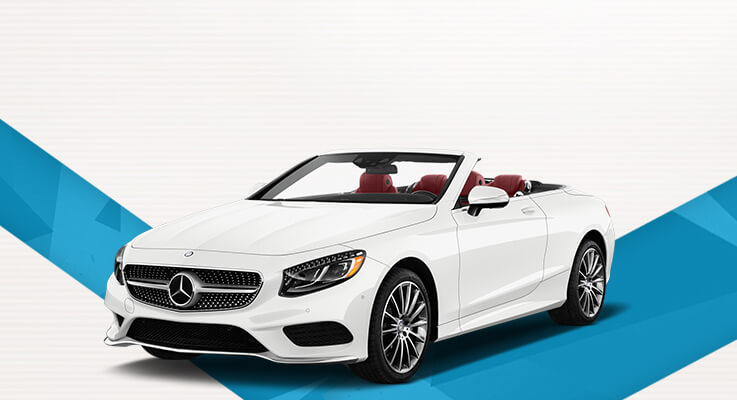
Land Cruiser, Land Cruiser Prado History of The Toyota Land Cruiser
May 12, 2016|Posted in: land cruiser
The Toyota Land Cruiser has built up, over the years, a reputation for being a sturdy, rigid and ever reliable vehicle that will perform in any terrain, wherever the location is in the worldand the land cruiser of today has been built out of years of experience and design experimentation. Today, there is hardly any other car that rivals its ubiquitous status; it is a successful brand and design used by everyone for any occasion. The story of the land cruiser is itself a grand tale of ups and downs, and change that is as fascinating as the vehicle, and the story is not yet finished as new chapters are being written as you read this article.
During the heat of the Korean War, when the Allied forces of The United States and the parailitary of the United nations came to the aid of the South Koreans, there was an urgent need for a vehicle that could traverse the rugged terrain of the peninsula by the U.S. Japan, being an U.S. occupied country that time was given an order for the creation of a resilient vehicle that would be used by allied forces. The Toyota Corporation designed and built the prototype in 5 months, and called it the Jeep BJ.
In July of that year, it was driven by Ichiro Taira all the way to the checkpoint point 6 of Mount Fuji, a feat that had previously been done only on Horseback, it was immediately taken by the Japanese National Police Agency as their patrol car and it was supplied to the U.S. army, and proved to be a strong car because of its sex-cylinder Gasoline engine. It took two more years for the first mass-produced models to be rolled out into the public sphere. The Willys Company, whose model Willys Jeep was a minor template, sought action against Toyota for trademark violations, that the name Toyota Land Cruiser was given.
The Series 20 was unveiled in November of 1955; it incorporated the integrated headlamps and a more spacious cabin. Ride comfort was also greatly increased as there was new front and rear leaf spring soaking up the bumps, and rubber suspension bushings reduced the vibrations. The most important feature perhaps was the inclusion of a F – series engine was introduced that offered the driver 23% more power than the outgoing- and it was that popular that there was no need another model to replace until 1992 – the longest surviving of all the engines.
The third generation of the Land Cruiser was let out in 1960, and it was called the Series 40. It had more rectangular wheel arches and indicators positioned on the front wings, though the most memorable change was the addition of a lozenge-shaped surround that framed the headlamps and radiator grille. The transmission had now included a transfer case that reduced the overall ratios to provide a total of six gears; three for the road and three for off-road.
By 1967, there was an ever increasing demand for the carrying capacity of station wagons that led to the introduction of the new FJ55 derivative with increased wheelbase, fresh styling and car like comfort. The choice of bottom hinged tailgate or out-swinging double doors – offered a solution for everyone’s tastes. The Series 60 was unveiled in 1980 and had in it luxurious interior with soft touch fittings and split front seating.
By, 1984 the engineers at Toyota had decided that it was to wipe the slate clean and design a predominantly newer design that could flourish in the competitive market, where the demand for recreational vehicles was sky-rocketing. The new land cruiser series 70 would be in two formats: the Heavy Duty – Robust, Workhouse where the toughness was chosen as the priority and was characterised by square, heavy gauge steel bodies with an angular widescreen sitting at the top of five wheelbase configurations and a wide array of engines, and the Light Duty – For Comfortable rides with friends and families has a more rounded wheel arch extensions and grill and bumper styling. Three wheelbases were offered along with an engine line-up consisting solely of four-cylinder power-plants.
The Series 90 came in 1996 and was quickly followed by the Series 100. The former had large plastic bumpers, three-door and five-door body shells and independent suspension that gave riders the feeling that they could go anywhere with adequate comfort and drive enjoyment. The latter was an SUV, with improved 4X4 performance and state of the art active suspension. This was the perfect choice for those who wanted the comfort of an executive car but with a commanding perspective.
The advent of the new century saw the unveiling of the Toyota Land Cruiser Series 120 that was packed with new technology. IT has the world’s first electronic hill assist system and a downhill assist system that improved structural rigidity for improved manoeuvrability, stability and quietness. This model’s exterior design was penned outside of Japan at the facility in southern France. Inside things were equally smooth with an organically shaped dashboard that flowed from the climate control and audio screen into an S-bend in the centre-console.
The Series 200 SUV, the new model of the Series 100, had a separate frame structure, offered driver’s increased comfort, durability and collision safety. The Crawl Control feature fitted within it made it possible for it to travel at low speed while traversing over rocks and sands. The Paris-Dakar Rally has seen the use more Toyota Land Cruisers Prados than any other car since its inception- a testament to its enduring quality.
The new Series 150 and the subsequent models have come to define the Toyota Land Cruiser in the modern times, and it is available in over 178 different markets around the world. The new Toyota series has been very popular and combined with the 200 Series, they have been a staple of several civilian and political departments for campaign rallies and military travel through harsh and hostile environments.
As the new millennium begins the Land Cruiser will go through several new incarnations and variations, one thing is for sure, and the legend of the Land Cruiser will keep on growing. From its origins as a military companion to the days for commercial recreation and off the road cruising, the Land Cruiser will evolve into something ubiquitous and one that everyone can trust no matter what.
Leave a Reply
*



